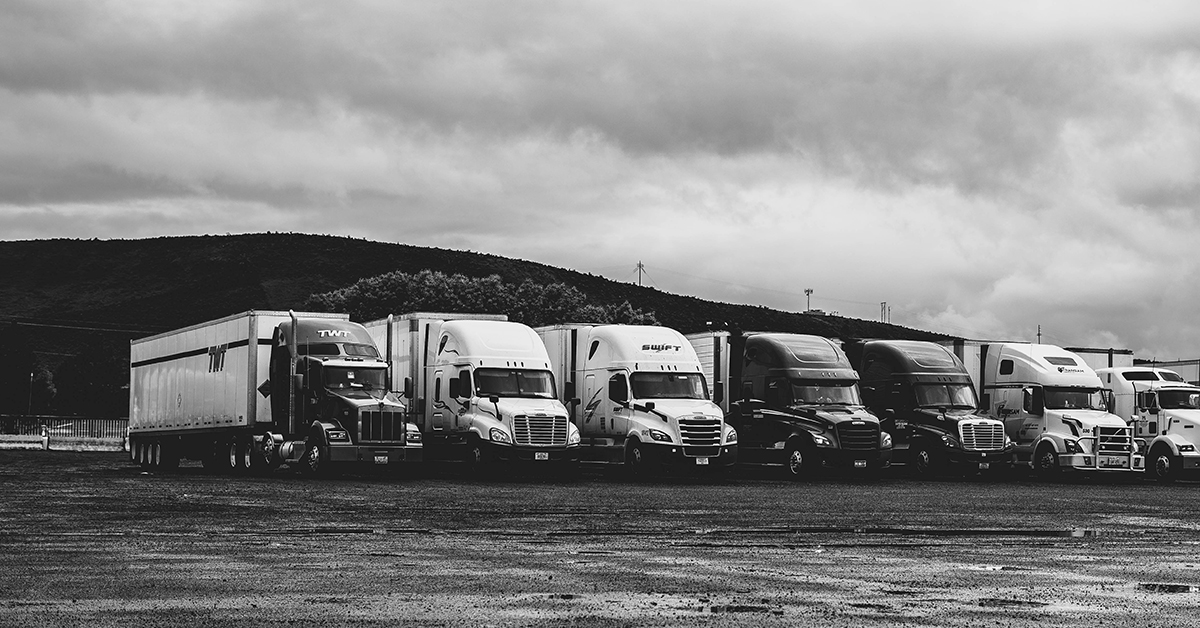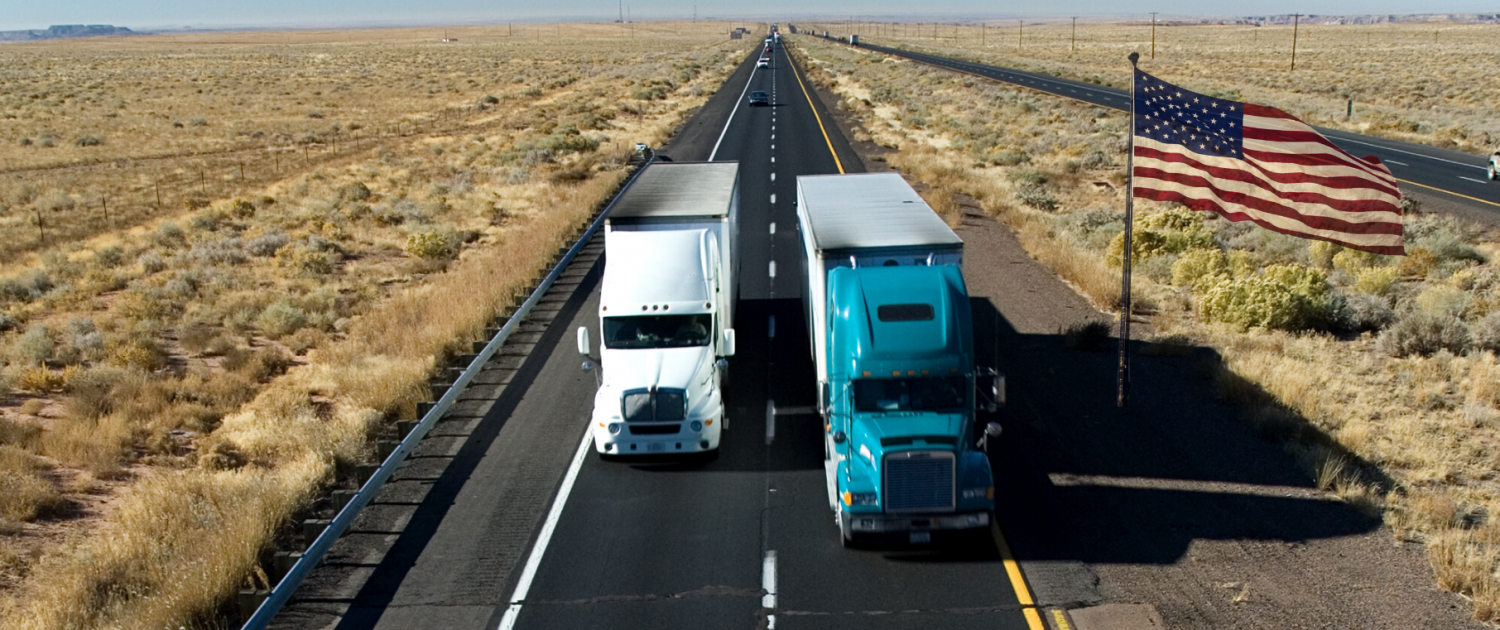
The new per diem regulations were passed in December of 2017 and took effect for the next year’s tax season. Even though that was 4 years ago, there’s still a lot of confusion about changes in per diem for truck drivers. There’s a lot of information and mis-information out there, so we’re here to make it a little simpler.
The per diem rules are all about costs on the road and how you get paid back. You work hard to make a living, and every dollar counts. Make sure you understand per diem for truck drivers to keep money in your pocket. Whether you’ve never been clear on how per diem works or you want a refresh, this is for you.
1. Definition
 In a nutshell, per diem is money given for any place you stay overnight, meals, and other incidental expenses.
In a nutshell, per diem is money given for any place you stay overnight, meals, and other incidental expenses.
Literally, per diem means “per day,” and you can think of it as a set amount that you will be reimbursed for certain expenses per day. The updated per diem regulations come from the 2017 Tax Cuts and Jobs Act.
2. How does Per Diem Actually Work?
Per diem is a form of reimbursement. If your company has a per diem allowance, you probably have to pay for meals on the road, and then they will reimburse you for that cost in your next paycheck. The money usually comes as a set amount or in proportion to the number of miles driven. Since you paid for those meals (or lodging, etc.) out of pocket, and your company is simply paying you back, that money is not considered taxable income. Good news for you! That distinction between per diem (which is a reimbursement) and income is important. It means that your adjusted gross income will be lower when it’s time to file taxes. And a lower adjusted gross income means that you will likely owe less in taxes or get a bigger refund.
3. Impact for Company Drivers vs. Owner Operators
Company Drivers

Under the Tax Cuts and Jobs Act, per diem for truck drivers has changed the most for company drivers. If you’re a company driver, you can no longer itemize deductions for your taxes. In other words, drivers cannot show all of the expenses that come from being on the road in the same way that you used to. Don’t worry though. You can often still receive per diem for the nights you’re away from home.
There are two ways the money you spend for your job comes back to you. First, most company drivers will make up a lot of that money by claiming the standard deduction, which doubled under the Tax Cuts and Jobs Act. For single tax filers, the standard deduction went from $6,300 to $12,000 and for couples filing jointly, it increased from $12,000 to $24,000. Second, some companies have increased their per diem wage.
Here’s an example. If you get paid 55 cpm, and 45 cpm is a base wage and 10 cpm is considered per diem wage, that part of your income is not taxable. Now, if a company still pays 55 cpm, but 35 cpm is a base wage and 20 cpm is per diem wage, that would mean that 36% of your income would not be taxable.
A higher per diem wage means that your salary stays the same, but you will pay less in taxes. Companies should, however, be very careful to avoid wage recharacterization.
Owner Operators
Tax season for owner operators hasn’t changed as much in terms of per diem. Owner Operators can continue to claim per diem expenses more or less as usual. What is the impact of the Tax Cuts and Jobs Act on owner operators? Actually, it’s a huge benefit. As an owner operator, you can continue claiming per diem and use the higher standard deduction rate. To do that, keep careful track of your work expenses. If you claim per diem for truck drivers in your taxes, you will need to individually list out, or itemize, all your costs. A little organization early on goes a long way when tax season rolls around.
4. So… Do Company Drivers get Per Diem Benefits?
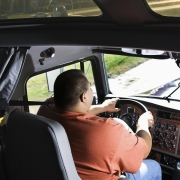 In short, it depends on your company. If your company reimburses costs with a flat rate or a cpm increase in your salary, then yes—you are getting per diem benefits. If your company does not offer a flat rate or cpm increase for overnight stays, you can no longer claim those expenses as lost income on your taxes. You can claim the new standard deduction which is much higher and will help offset the money spent for food and lodging while on the road.
In short, it depends on your company. If your company reimburses costs with a flat rate or a cpm increase in your salary, then yes—you are getting per diem benefits. If your company does not offer a flat rate or cpm increase for overnight stays, you can no longer claim those expenses as lost income on your taxes. You can claim the new standard deduction which is much higher and will help offset the money spent for food and lodging while on the road.
5. Eligibility
Per diem programs can vary significantly by company. When you consider joining a new company, ask about their per diem policy. Our friend Leah Shaver, President & CEO of The National Transportation Institute (NTI), works closely with industry experts to track driver compensation, including per diem.
Leah shared, “[NTI’s] in-house research analysts and fleet executives collaborate to design, develop and deliver driver pay studies. One of those pay study subject matters is per diem and we find that many fleets offer this benefit in some form, either per day or per mile, some even on a percentage basis.”
Not all companies have a per diem plan, but these programs can be a benefit for both company drivers and owner operators. If there is a per diem program, find out whether you are eligible. This eligibility may be based on the number of miles you’ve driven, how long you’ve been with the company, or other similar criteria. Then, if you’re eligible, decide if joining the per diem program makes sense for you.
6. When you get the money (Owner Operators)
Choosing to claim per diem for truck drivers as an owner operator can change when you will get the money for the costs of being on the road.

Essentially: Do you pay for expenses and then get reimbursed in your next paycheck? Or Do you claim per diem in taxes (owner operators only) and get a bigger tax refund? If you participate in a company’s per diem program, you will be reimbursed throughout the year in your paychecks. If there is no per diem program or you choose to claim those expenses on your taxes, you will get a bigger tax return. At the end of the day, your take home pay (after all taxes) should be very similar.
Think of per diem as a decision of when to get the money and in what form, not of how much money you will get.
Get Matched to CDL Jobs
Drive My Way matches drivers with jobs based on their qualifications and lifestyle preferences.



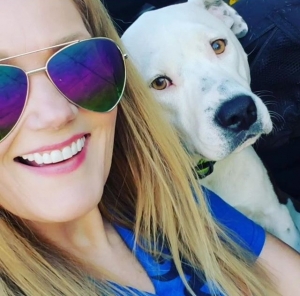
 Getting your own truck on the road is so much more than buying a rig. For one thing, all trucks have a series of required permits. Lease purchase programs typically provide those permits for anyone in their program. It’s a great way to save yourself from jumping through a few extra hoops. In addition, getting your permits through a company will get you on the road a little faster.
Getting your own truck on the road is so much more than buying a rig. For one thing, all trucks have a series of required permits. Lease purchase programs typically provide those permits for anyone in their program. It’s a great way to save yourself from jumping through a few extra hoops. In addition, getting your permits through a company will get you on the road a little faster.
 As you consider lease purchase programs, don’t forget about
As you consider lease purchase programs, don’t forget about 
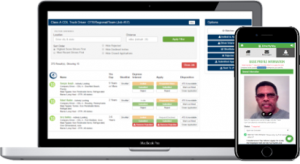
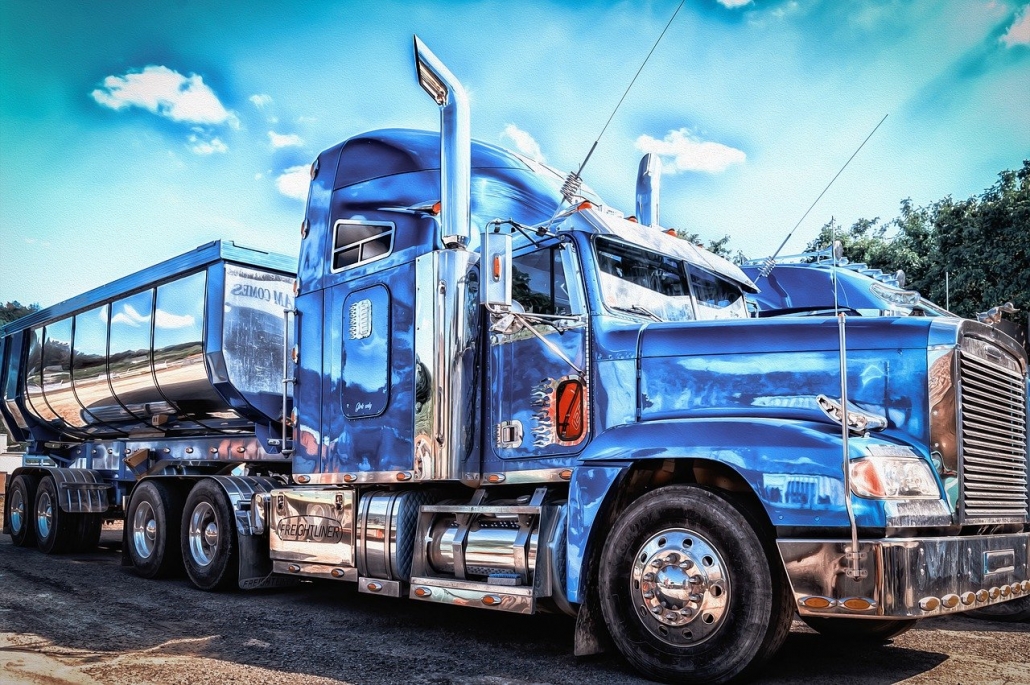
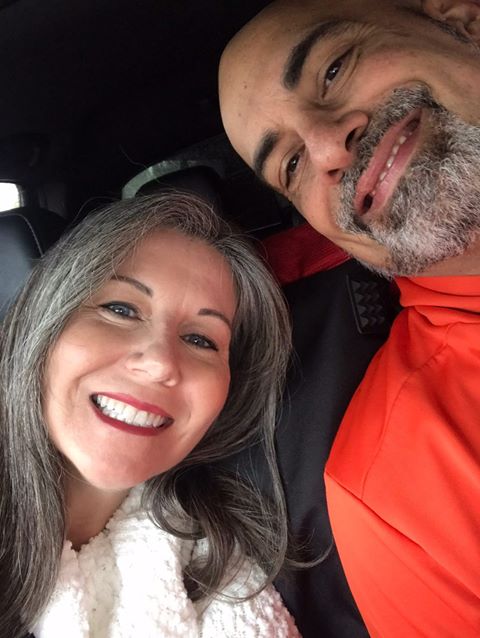


 As you prepare for a new job, there are a few housekeeping things to take care of. If you haven’t already, register for the
As you prepare for a new job, there are a few housekeeping things to take care of. If you haven’t already, register for the  As you prepare for a CDL job change, research the companies you’re interested in. Figure out what parts of a job are most important to you and figure out exactly how those aspects work.
As you prepare for a CDL job change, research the companies you’re interested in. Figure out what parts of a job are most important to you and figure out exactly how those aspects work.  A CDL job change can be accompanied by a lot of internal (and often conflicting!) side effects. If you’re switching jobs for an exciting new opportunity, it might feel like a grand adventure. If you’re looking for a new job because of the current COVID-19 crisis or have been
A CDL job change can be accompanied by a lot of internal (and often conflicting!) side effects. If you’re switching jobs for an exciting new opportunity, it might feel like a grand adventure. If you’re looking for a new job because of the current COVID-19 crisis or have been 
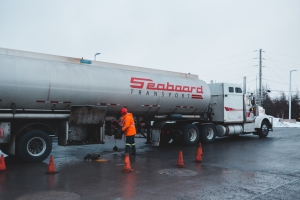 2. Weigh My Truck
2. Weigh My Truck 2. Sanvello or Headspace
2. Sanvello or Headspace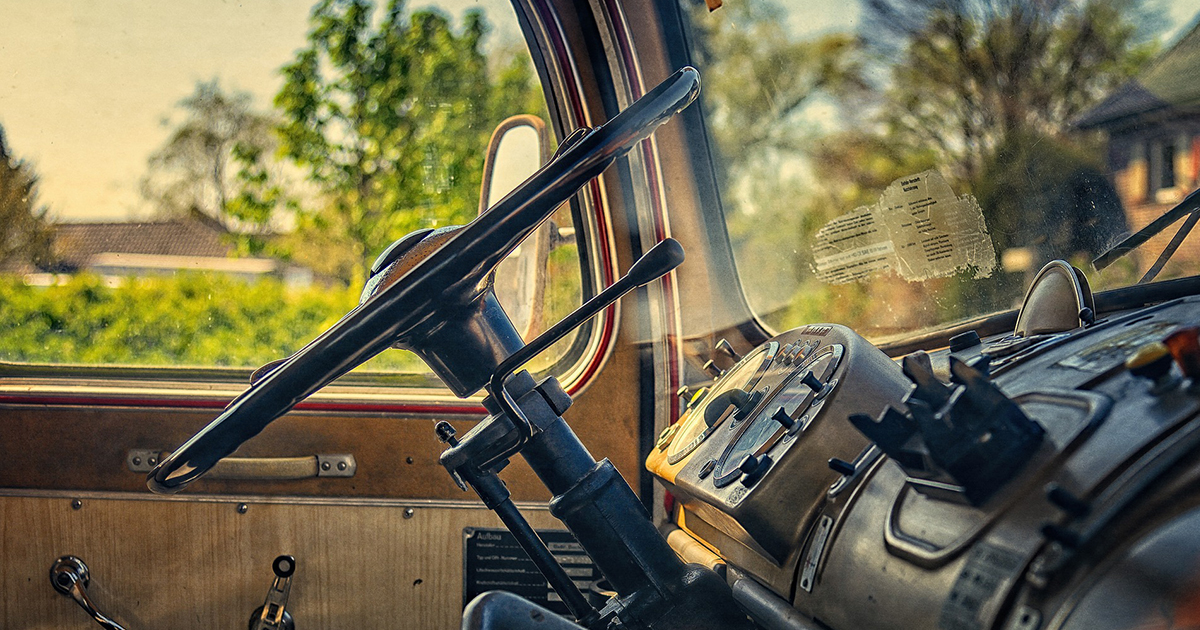


 Once a Truck Driver
Once a Truck Driver
 Deciding to Maintain a CDL License
Deciding to Maintain a CDL License Two Essential Professions
Two Essential Professions
 2. Many Locations for CDL Schools
2. Many Locations for CDL Schools 2. Cost Prohibitive
2. Cost Prohibitive